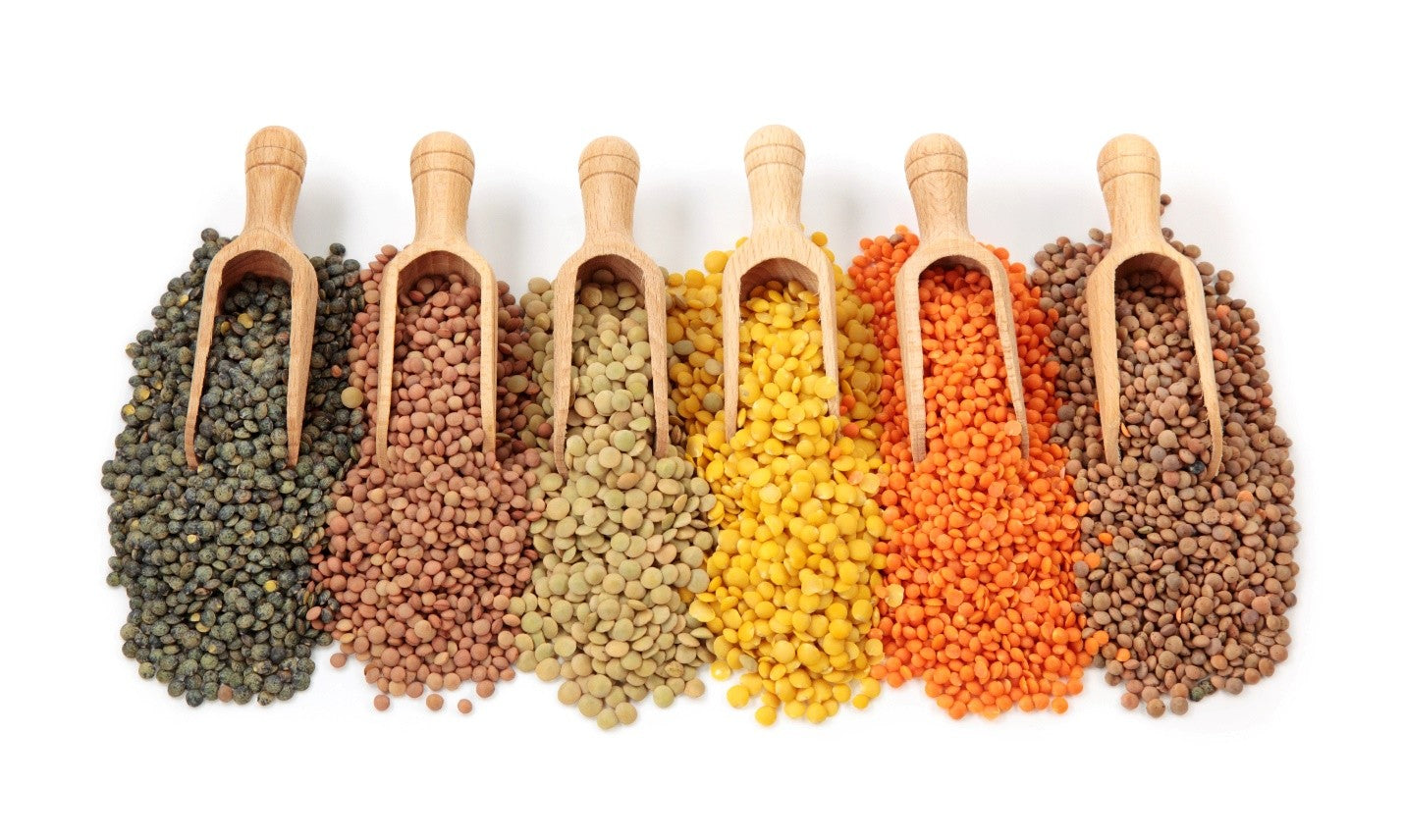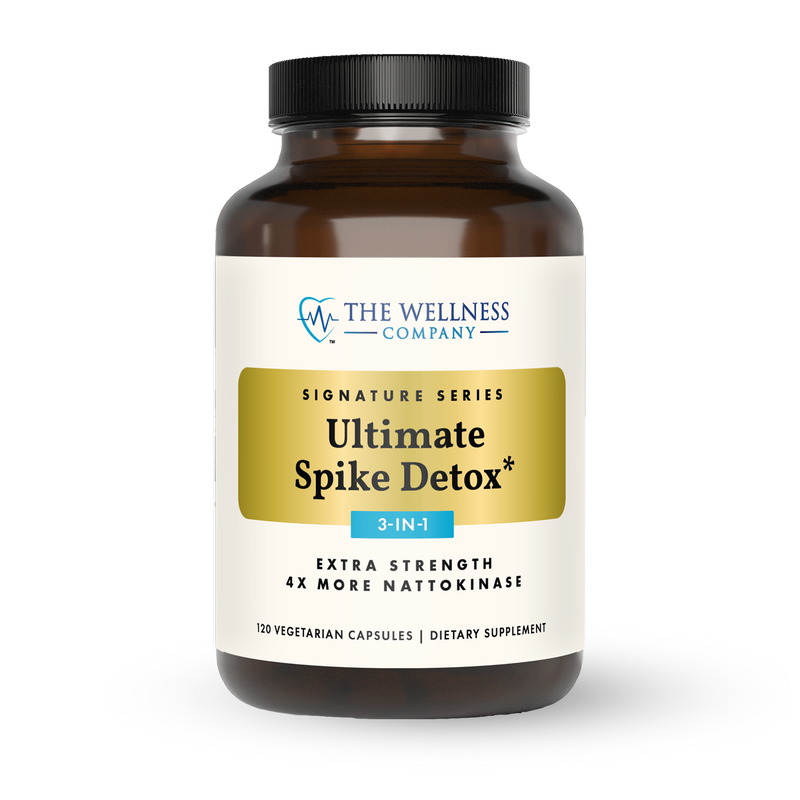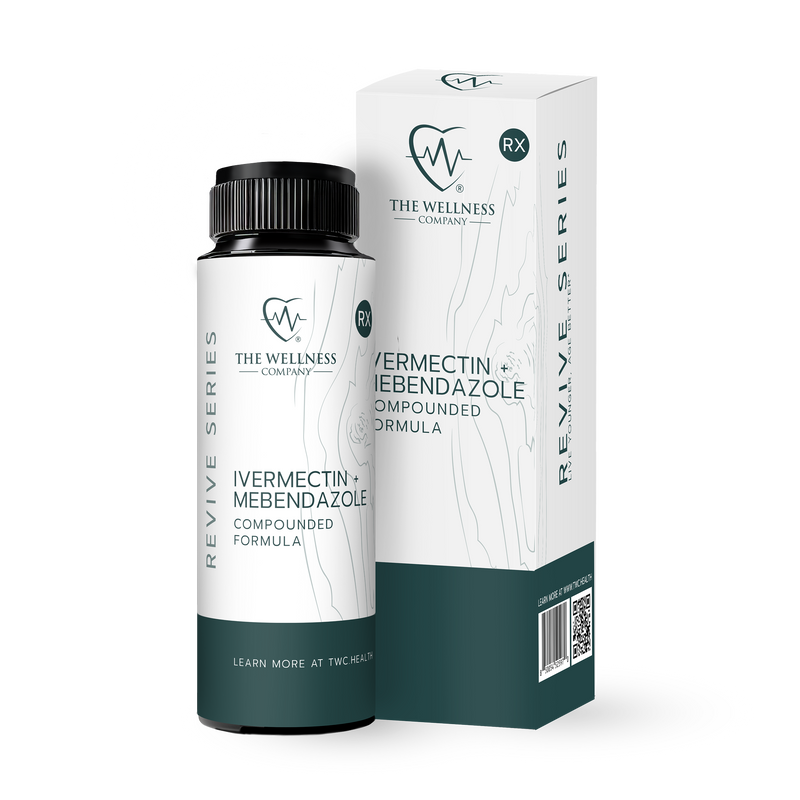A Lentil a Day Keeps the Spike Away

Almost everyone has heard of the ACE-2 receptors and how the spike protein attaches to the receptor, initiating the start of the SARS CoV2 infection. However, a lesser-known player in COVID infection is the glycan shield.
The "glycan shield" refers to a protective layer of sugar molecules (called glycans) that covers the spike protein of the SARS-CoV-2 virus, the virus that causes COVID-19. The spike protein is what the virus uses to attach to and enter human cells, making it a key target for our immune system.(1)
However, this glycan shield acts like camouflage, making it harder for the immune system to recognize and attack the virus. By covering much of the spike protein, the glycan shield hides parts of the virus that antibodies would normally target. This helps the virus evade detection and makes it more challenging for vaccines or treatments to work effectively against it. Found throughout the body, but especially in the blood, liver, kidney, muscle, reproductive organs, airway, gastrointestinal system, and endocrine organs, glycans play an important part in the pathology of SARS-CoV-2.(1,2)
They Knew This Back in 2021: Glycan Binders in Foods
While they were giving away free beer, pot, donuts and even lottery tickets, the real recipe for mitigating the effects of COVID was in functional foods — namely lentil lectins.
Lectins are plant proteins that bind to specific carbohydrate structures, and many lectins have antiviral activity against many viruses, including HIV, HCV, HSV-2, RSV, and influenza viruses.(3)
Lectins are found in a variety of foods — from legumes such as lentils, chickpeas, red kidney beans, peanuts, peas, and soybeans, to nuts and grains such as wheat, corn and rice — and even some vegetables such as tomatoes and potatoes.
However, not all lectins are the same. They each have their own unique chemical makeup — just like there are different types of tomatoes: Roma, cherry or beefsteak, for example.
A research paper written by Wang et al. described the success of the lowly lentil — the one used in cooking — to bind to glycans.(3)
The goal of the experiment was to find out if any specific lectins were able to bind and display antiviral activity against SARS-CoV-2 viruses. 12 food-based lectin-containing plants were tested, and 10 out of 12 displayed at least some efficacy of antiviral activity against a panel of mutant strains and variants.
Lentil lectins, which specifically bind to oligomannose-type glycans, showed the most potent and broad antiviral activity against a panel of mutant strains and variants, including artificial mutant (the paper doesn’t specify what artificial mutant means, but one could guess it may be vaccine-related).
In addition, they discovered that the lentil not only was able to bind to the glycan on the spike, exposing the virus so the body can neutralize it, but also:
- Displayed antiviral activity against SARS-CoV (the original COVID from 2002) and MERS-CoV;
- Blocked the binding of ACE2, thereby inhibiting SARS-CoV-2 early in the infectious stage.
Of interest, red algae lectins, which weren’t part of this experiment, were also found to display antiviral effects against SARS-CoV-2.(4)
Citations
- Grant, O.C., Montgomery, D., Ito, K. et al. Analysis of the SARS-CoV-2 spike protein glycan shield reveals implications for immune recognition. Sci Rep 10, 14991 (2020). https://doi.org/10.1038/s41598-020-71748-7
- National Center for Biotechnology Information. https://www.ncbi.nlm.nih.gov/books/NBK579943/
- Wang, W., et al. (2021). Lentil lectin derived from Lens culinaris exhibit broad antiviral activities against SARS-CoV-2 variants. Emerging Microbes & Infections, 10(1), 1519–1529. https://doi.org/10.1080/22221751.2021.1957720
- Ahmed, M.N., et al. (2022). Plant lectins as prospective antiviral biomolecules. Biomedicine & Pharmacotherapy, 146:112507. https://doi.org/10.1016/j.biopha.2021.112507
Written By: Brooke Lounsbury














